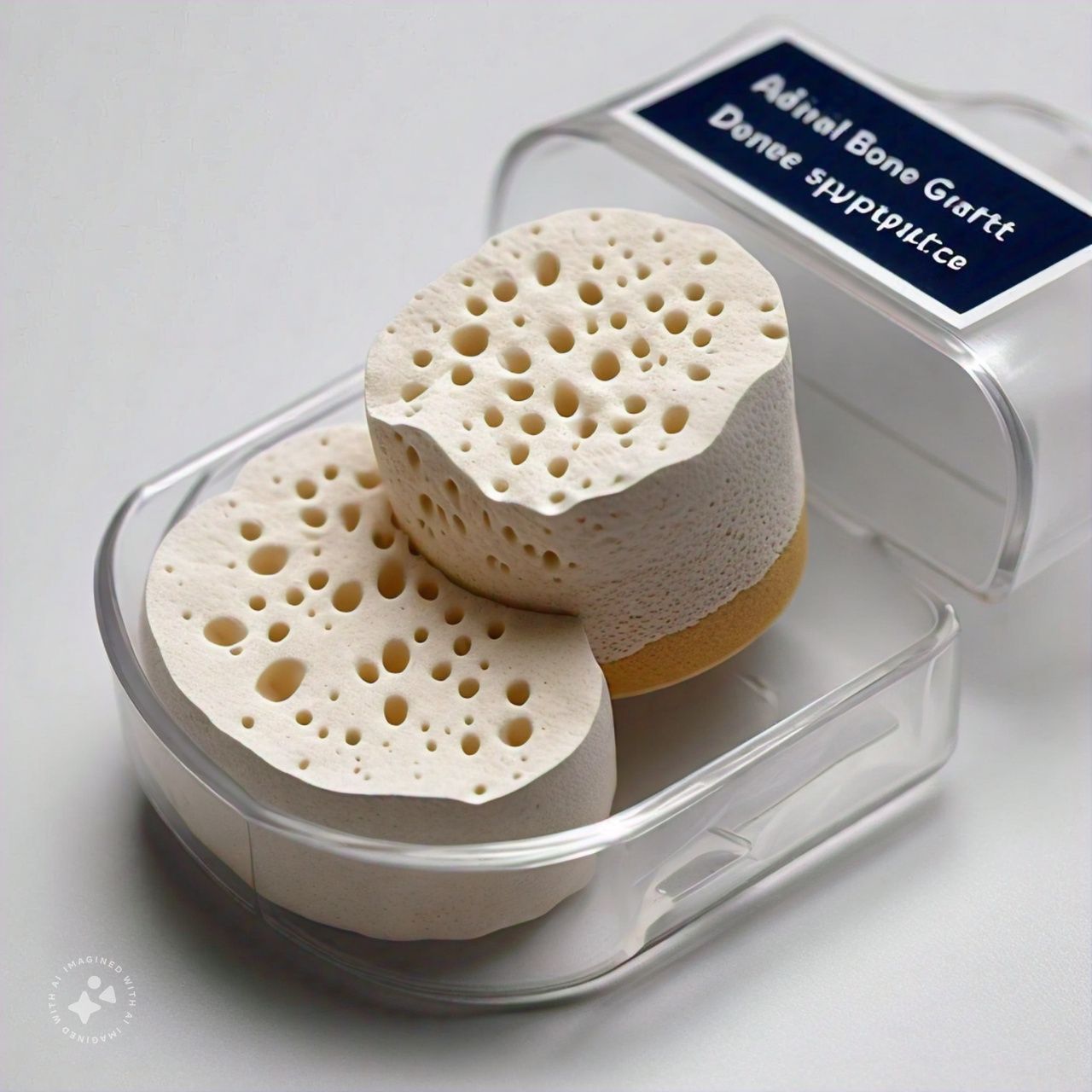The size of global dental bone graft substitute market in terms of revenue was estimated to be worth $1.3 billion in 2024 and is poised to reach $1.8 billion by 2029, growing at a CAGR of 7.7% from 2024 to 2029. The comprehensive research encompasses an exhaustive examination of industry trends, meticulous pricing analysis, patent scrutiny, insights derived from conferences and webinars, identification of key stakeholders, and a nuanced understanding of market purchasing dynamics.
The increasing popularity of dental implants as a tooth replacement option creates a direct need for bone graft substitutes. Implants require sufficient jawbone density for successful placement and long-term stability. When natural bone is insufficient, bone grafts provide the necessary foundation for implants which is expected drive the dental bone graft substitute.
The key players in the dental bone graft substitute include Dentsply Sirona Inc. (US), Envista Holdings Corporation (US), JOHNSON & JOHNSON (US), Stryker Corporation (US), Medtronic, Plc (Ireland), Institut Straumann AG (Switzerland), Zimvie Inc. (US), Henry Schein Inc. (US), RTI Surgical Holdings Inc.(US), Lifenet Health (US), Dentium (US), Geistlich Pharma AG (Switzerland), Integra Lifesciences Holdings Corporation (US), Tissue Regenix Group (UK), Kuraray Co. Ltd. (Japan), BEGO GmbH & Co. KG (Germany), Young Innovations (US), Keystone Dental (US), Novabone LLC. (US), Biotiss Biomaterials LLC (US), Collagen Matrix Inc.(US), Osteogenics Biomedical (US), Hannox International Corp.(Taiwan), Meyer Haake GMBH (Germany) and Arora Biosurgery Ltd. (New Zealand).

By type, synthetic bone graft is expected to show the highest CAGR of the dental bone graft substitute industry from 2024 to 2029.
The type segment is segmented into synthetic bone graft, xenograft, allograft, autograft, alloplastic, demineralized allograft, others.
Synthetic bone grafts are a vital segment of the growing dental bone graft substitute market. They offer a readily available, safe, and versatile alternative to traditional bone graft options. As technology advances and costs decrease, synthetic bone grafts are expected to play an increasingly prominent role in jawbone reconstruction and implant placement procedures. which is expected to drive the segment growth.
By application, ridge augmentation is expected to show the second highest CAGR of the dental bone graft substitute industry from 2024 to 2029.
The dental bone graft substitute market plays a vital role in facilitating successful ridge augmentation procedures, ultimately enabling the placement and stability of dental implants. As the market evolves, advancements in materials, minimally invasive techniques, and potentially regenerative technologies are expected to further improve patient outcomes and drive continued growth in the ridge augmentation segment which is expected to drive the market growth.
Europe accounted for the second largest CAGR of the global dental bone graft substitute industry, by region in the forecast period.
The dental bone graft substitute in Europe is expected to grow at the second largest CAGR due to a combination of factors that highlight the region’s changing healthcare landscape. Some European governments are promoting diagnostic health awareness and offering subsidies for several treatments, further stimulating market growth. The aging population in Europe is increasing the demand for dental bone graft substitutes to address several oral diseases. Increasing wealth in European countries is leading to higher spending on healthcare, including dental bone graft substitute.
Also Read: Robotic Radiotherapy Market Size to reach $1.9 billion by 2028
